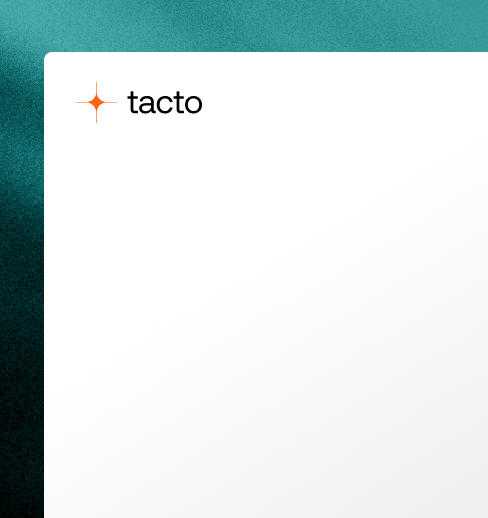Procurement Glossary
Indirect procurement: definition & important aspects for buyers
As an important component of strategic purchasing, indirect procurement ensures the supply of all non-production-related goods and services and offers considerable optimization potential for companies. This structured overview shows how you can reduce costs, optimize processes and generate competitive advantages through professional management of indirect procurement.
Indirect procurement in a nutshell:
Indirect procurement includes the Procurement all goods and services that are not directly incorporated into a company's end product. For Procurement , this represents an important lever for reducing costs, as indirect materials often account for 20-30% of the total procurement volume.
You can also read our article on the successful implementation of price enquiries! Here you can find out how to digitize and optimize the essential price inquiry process.
Introduction to purchasing controlling: Indirect procurement
Indirect procurement, also known as indirect Procurement , is an essential part of modern procurement management. It includes all goods and services that are not directly incorporated into a company's end product but are essential for business operations. These include office supplies, IT equipment, facility management and consulting services, for example. Although indirect procurement is often overshadowed by direct procurement, it has considerable potential for optimization and can have a significant impact on a company's overall costs. In this guide, you will learn about the most important aspects of indirect procurement, from strategic approaches to operational implementation options.
What is indirect procurement?
Indirect procurement refers to the purchase of goods and services that are not directly involved in the production of an end product, but are essential for the day-to-day operations of a company. This includes, for example, office supplies, IT equipment, services such as cleaning or consulting and marketing materials. While direct procurement includes raw materials and components for production, indirect procurement focuses on goods and services that support business operations.
Core elements of indirect procurement
Significance for Procurement
Indirect procurement plays a key role in optimizing costs and efficiency in companies. By strategically managing these procurement processes, significant savings can be realized and transparency increased. An effective approach to indirect procurement helps to minimize risk management, improve supplier relationships and manage overall purchasing performance.
Indirect procurement: from manual processes to digital procurement
Indirect procurement is of strategic importance for companies, as it accounts for a large proportion of operational expenditure. Despite its importance, it has long been neglected, leading to inefficient processes and high costs. In the face of increasing cost pressure and the need for efficient processes, more and more companies are recognizing the need to transform their indirect procurement processes and adapt them to modern standards.
Old: Manual procurement processes
Traditional approach:
In traditional companies, indirect procurement was usually decentralized and manual. Employees from different departments ordered the required materials and services independently, often without standardized processes or central control. Orders were sent to a large number of suppliers by telephone, fax or e-mail. Documentation was often in paper form or in isolated Excel spreadsheets. This led to a lack of transparency regarding expenditure, redundant orders and difficulties in controlling costs. In addition, the large number of suppliers and the lack of an overview of contracts made it difficult to negotiate better conditions.
New: Digital procurement
E-Procurement:
Modern companies rely on e-procurement solutions to optimize their indirect procurement processes. By using digital platforms and software solutions, ordering processes are automated and centralized. Employees use electronic catalogs to order the goods and services they need, with approved suppliers and framework agreements stored. This enables immediate price comparability and ensures that company guidelines are adhered to. Integration with ERP systems ensures a consistent flow of information and real-time visibility of all spend. This enables procurement departments to make strategic decisions based on data analysis and continuously improve processes.
Practical example: Introduction of e-procurement at a multinational corporation
A multinational technology company realized that its indirect procurement costs were constantly rising and that its processes were inefficient. By implementing an e-procurement system, the procurement process was completely digitalized. Within the first year, process costs were reduced by 30%. The number of suppliers was consolidated, resulting in better negotiated prices and savings of over 5 million euros. Ordering efficiency also increased, as the lead time for orders was reduced from five days to just a few hours. The compliance rate rose to 98% as all orders were placed within the prescribed system.
Conclusion on indirect procurement
Indirect procurement is increasingly developing from an operational necessity to a strategic success factor. Through systematic process optimization, digitalization and centralized control, companies can achieve significant cost savings and increase their efficiency. The key to success lies in the balance between standardization and flexibility as well as the consistent involvement of all stakeholders. Modern technologies and sustainable procurement strategies will play a key role in shaping the future of indirect procurement.








.png)
.png)
.png)
%20%E2%80%93%20Jakob%2C%20Ines.png)
%20%E2%80%93%20Jan%2C%20Jacob.png)
.png)
